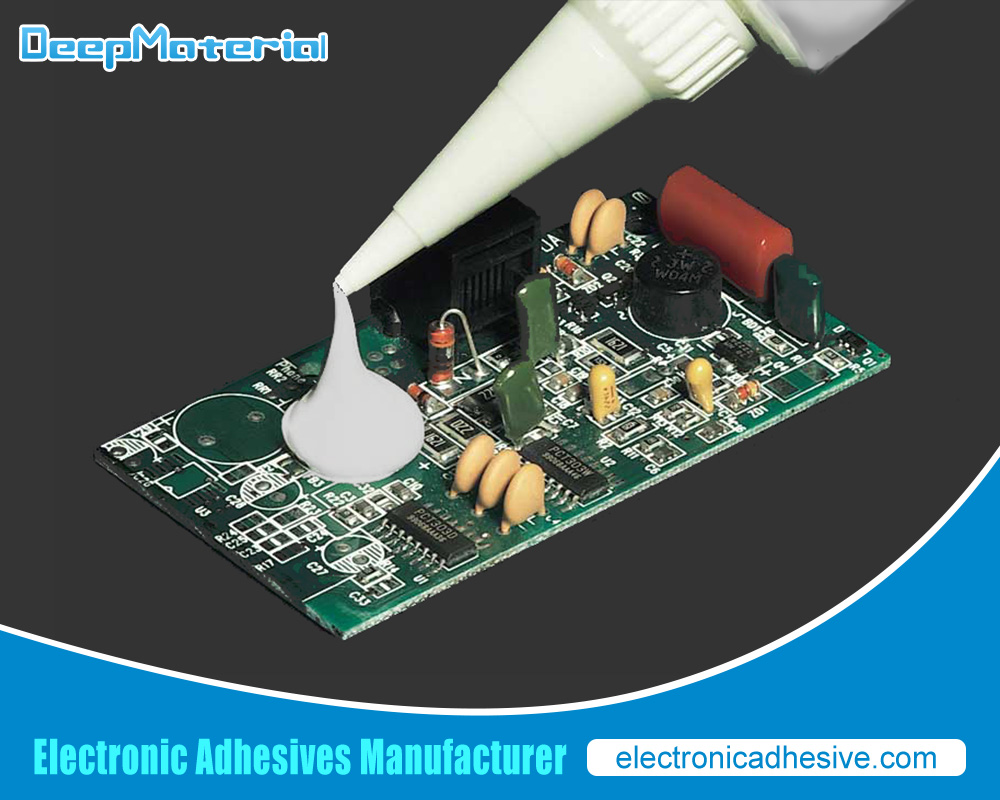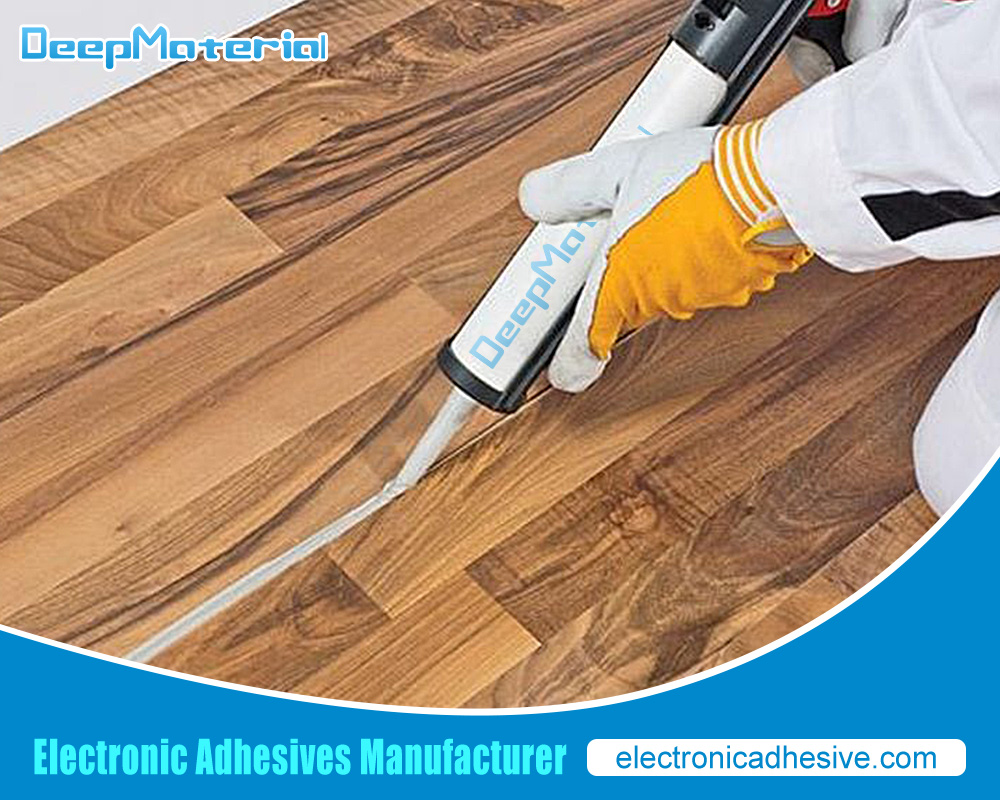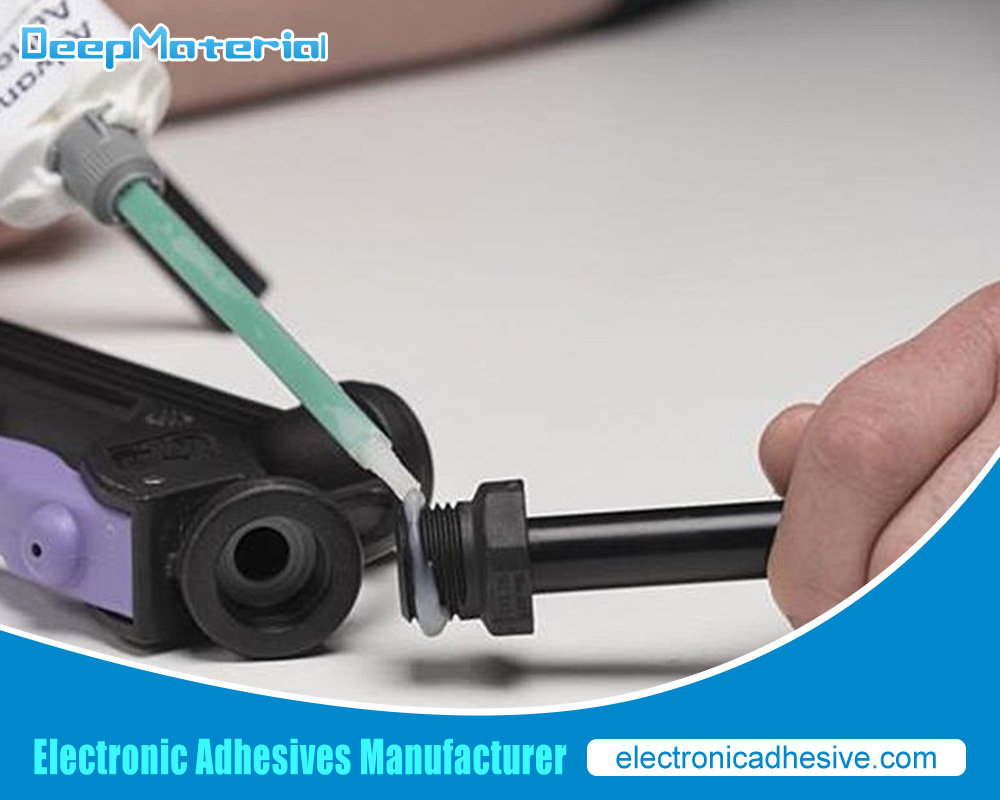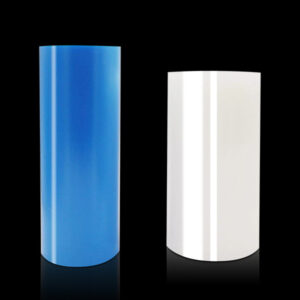The Advantages of Lens Bonding Adhesive
The Advantages of Lens Bonding Adhesive
Lens bonding adhesive is a specialized type of adhesive used primarily in the assembly and repair of optical devices such as cameras, binoculars, telescopes, and eyeglasses. It is designed to bond lenses securely to their frames or housings without compromising the optical properties of the lens. The use of this adhesive has revolutionized the optical industry, providing an efficient and reliable solution for lens attachment.
In this comprehensive blog post, we will explore in depth the myriad benefits that lens bonding adhesive offers. From its superior bonding strength and durability to its exceptional resistance to environmental factors and its ability to maintain optimal lens performance, there is much to appreciate about this remarkable product.

Improved Optical Performance
Lens bonding adhesive is designed to improve the optical performance of lenses. When lenses are bonded together using this adhesive, it eliminates the air gap between them, resulting in better light transmission and reduced internal reflections. This leads to improved clarity, sharpness, and contrast in the final optical product.
For example, in eyeglasses, lens bonding adhesive can be used to bond two lenses together to create a progressive lens. Progressive lenses provide a seamless transition between different vision zones, allowing wearers to see clearly at all distances. The use of lens bonding adhesive ensures that the transition between the different zones is smooth and distortion-free, providing wearers with optimal visual acuity.
Enhanced Durability and Resistance to Environmental Factors
Lens bonding adhesive enhances the durability and resistance of lenses to various environmental factors. It forms a strong bond between the lenses, making them less prone to cracking, chipping, or breaking. Additionally, lens bonding adhesive provides a protective barrier against moisture, dust, and other contaminants that can damage the lenses.
Environmental factors such as temperature changes, humidity, and exposure to UV radiation can have a detrimental effect on lenses. Lens bonding adhesive helps to mitigate these effects by providing a protective layer that shields the lenses from these factors. This ensures that the lenses maintain their optical properties and structural integrity over time.
Cost-Effective Solution
Lens bonding adhesive offers a cost-effective solution for lens bonding compared to other methods. Traditional lens bonding methods, such as mechanical fastening or thermal bonding, require additional equipment and labor, which can increase production costs. Lens bonding adhesive eliminates the need for these additional resources, making the bonding process more efficient and cost-effective.
Furthermore, lens bonding adhesive allows for the bonding of different lens materials, such as glass and plastic, without the need for specialized equipment or techniques. This versatility reduces the need for multiple manufacturing processes and simplifies the production workflow, resulting in cost savings.
Versatility in Lens Bonding Applications
Lens bonding adhesive offers versatility in various lens bonding applications. It can be used to bond lenses of different shapes, sizes, and materials. This flexibility allows for the creation of complex lens designs and customized optical products.
For example, lens bonding adhesive can be used to bond multiple lenses together to create a multi-element lens system. This is commonly used in camera lenses to achieve specific optical characteristics, such as wide-angle or telephoto capabilities. Lens bonding adhesive enables the precise alignment and bonding of these lenses, ensuring optimal optical performance.
Easy Application and Quick Curing Time
Lens bonding adhesive is easy to apply and has a quick curing time, making it a preferred choice in the optical industry. The adhesive is typically applied in liquid form and can be easily dispensed onto the lenses using automated dispensing systems. This ensures consistent and precise application of the adhesive.
Once applied, lens bonding adhesive cures quickly, allowing for efficient production processes. The curing time can be further accelerated using UV light or heat, depending on the specific adhesive formulation. This quick curing time reduces production cycle times and increases overall productivity.
Compatibility with Various Lens Materials
Lens bonding adhesive is compatible with various lens materials, including glass, plastic, and even specialty materials such as polycarbonate or high-index lenses. This compatibility allows for the bonding of different lens materials, enabling the creation of hybrid lenses with unique optical properties.
For example, lens bonding adhesive can be used to bond a glass lens with a plastic lens to create a lightweight and impact-resistant lens. This combination of materials provides the best of both worlds, offering superior optical performance and durability.
Reduced Risk of Lens Delamination and Separation
Lens bonding adhesive reduces the risk of lens delamination and separation, ensuring the long-term integrity of the optical product. The adhesive forms a strong bond between the lenses, preventing them from separating or delaminating under normal use or environmental conditions.
In contrast, other lens bonding methods, such as mechanical fastening or thermal bonding, may not provide the same level of adhesion and can be prone to failure over time. Lens bonding adhesive offers a more reliable and durable bonding solution, reducing the need for repairs or replacements.
Increased Design Flexibility with Lens Bonding Adhesive
Lens bonding adhesive increases design flexibility in the optical industry. It allows for the creation of innovative lens designs and customized optical products that meet specific customer requirements.
For example, lens bonding adhesive can be used to create aspheric lenses, which have a non-spherical surface that helps to correct aberrations and improve visual acuity. The adhesive enables the precise alignment and bonding of multiple lens elements, allowing for the creation of complex aspheric designs.
Future Developments and Advancements in Lens Bonding Adhesive Technology
The future of lens bonding adhesive technology holds great promise for the optical industry. Ongoing research and development efforts are focused on improving the performance, durability, and versatility of lens bonding adhesives.
One area of development is the improvement of adhesive formulations to enhance optical performance even further. Researchers are exploring new materials and additives that can reduce internal reflections and increase light transmission, resulting in even clearer and sharper images.
Another area of focus is the development of adhesive systems that are more resistant to environmental factors, such as moisture, temperature changes, and UV radiation. These advancements will ensure that optical products maintain their performance and durability even under challenging conditions.

Conclusion
Lens bonding adhesive plays a crucial role in the optical industry by improving optical performance, enhancing durability, and providing a cost-effective solution for lens bonding. Its versatility, ease of application, and compatibility with various lens materials make it an essential component in the manufacturing process of optical products.
The future of lens bonding adhesive technology holds great promise for the optical industry, with ongoing advancements aimed at further improving performance and durability. As the demand for high-quality optical products continues to grow, lens bonding adhesive will remain a vital tool in meeting these demands and ensuring customer satisfaction.
For more about choosing the Advantages of Lens Bonding Adhesive, you can pay a visit to DeepMaterial at https://www.electronicadhesive.com/about/ for more info.











